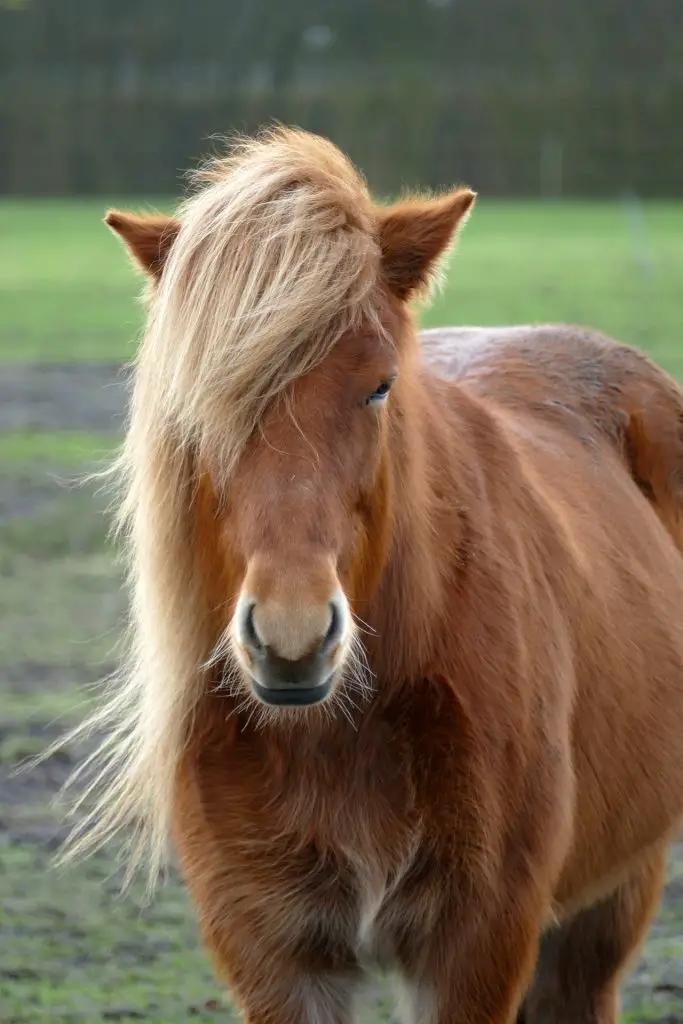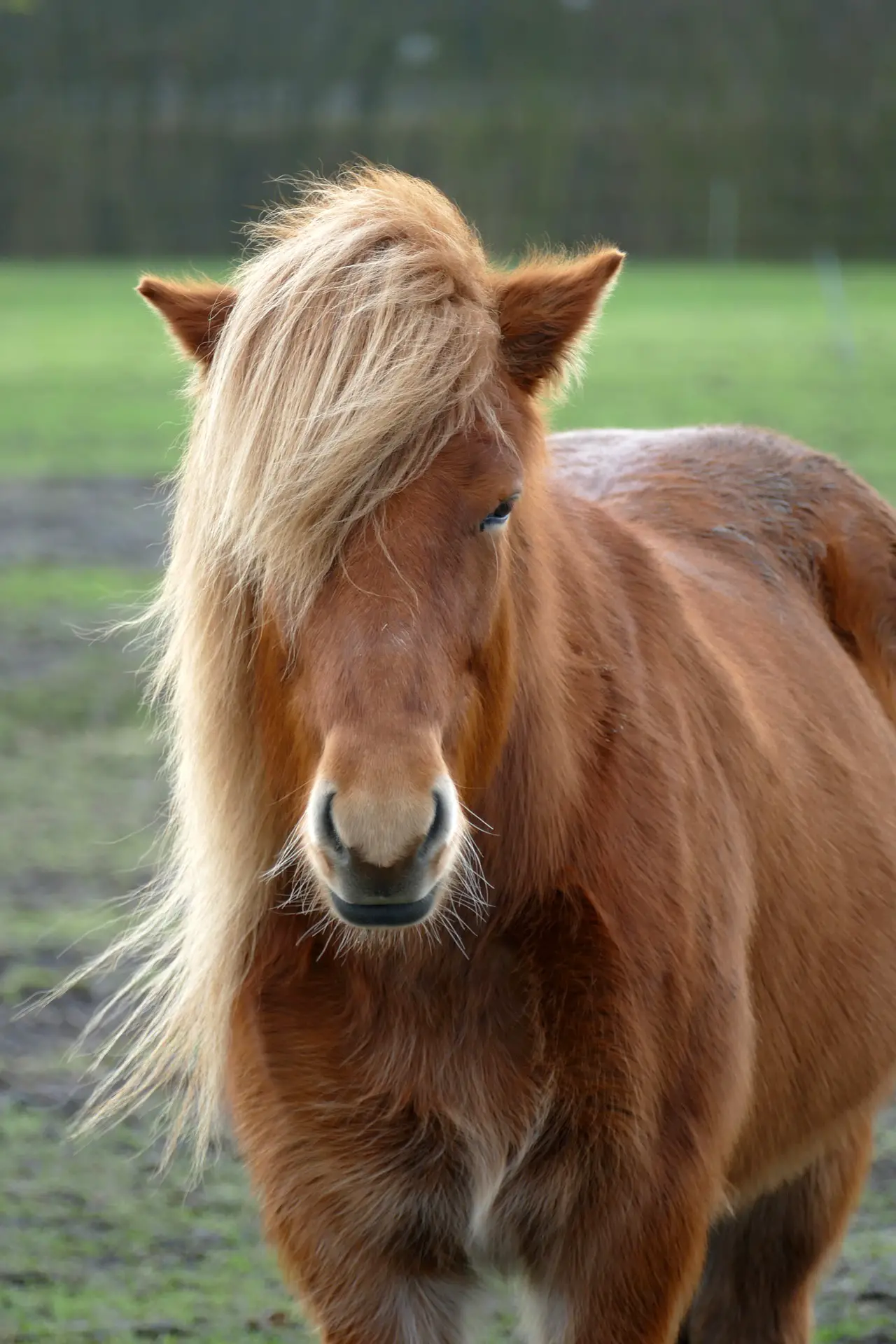Last Updated on February 19, 2022 by Allison Price
Autumn days – a chill in the air and geese flying south. Pumpkins…and fuzzy horses. Many horses start to put on winter coats in autumn. But what is the cause? It could be the temperature change. Are the shorter days contributing?This is a common comment you hear from horsemen: “Look Roscoe is putting on his coat early, it must mean that winter is going to get extra cold!” However, there are several reasons this statement might not be true.

Your horse’s winter coat growth is not caused by cold temperatures. If it was, it wouldn’t start to grow until it actually got cold, which would make it too late. Horse owners are aware that horses can start to grow their winter coats in September or August in northern climates.Get our weekly Enewsletter about horses
Diminished light is the real trigger for winter coat development. The decrease in light makes the horse’s body produce more melatonin. This causes additional coat growth. When daylight is increased again in the spring, the production of melatonin drops and the coat sheds.
Wait, isn’t this true? Horses in the south tend to have a shorter coat than those in the north. Although this would make it appear that temperature plays a role, again it’s all about light. Southern regions are closer to the Equator and have a more consistent seasonal length. They also experience less swing in daylight/nighttime hours, so the horses produce less melatonin.
The horses that live in northern areas with shorter days make more melatonin. This is why most horses have a coat that suits their climate.
All horses are unique, so some horses have heavier coats than others. Winter coat thicknesses can differ greatly from one breed to the next. Some horse owners adjust the barn’s artificial lighting to reduce coat growth. People often leave the barn lights on longer in spring to encourage show horses to shed more quickly. You could also try to get your horse’s coat on the fall by leaving the barn lights on.
You’ll notice that your horse’s coat will “stand up” in cold weather, making it look more fuzzy, soft, and woolier than usual. The reason is that the horse’s winter coat has individual hairs that spring up in cold weather. This creates air pockets which provide insulation and keep your horse’s natural heat from escaping. The same thing happens to you when you put on a winter jacket. It doesn’t provide heat; it just keeps your body heat contained.
Do not blanket your horse if he doesn’t really need it. A blanket can be a nice thing for a horse owner who wants to make his horse more comfortable. A blanket can press down the coat hairs that are standing up. Without natural insulation, blanketing could make the horse feel colder. There are certain situations where blanketing may be necessary, including horses that have just been exercised, seniors horses, and horses with a poor coat.
Is your horse putting on his winter woolies?



